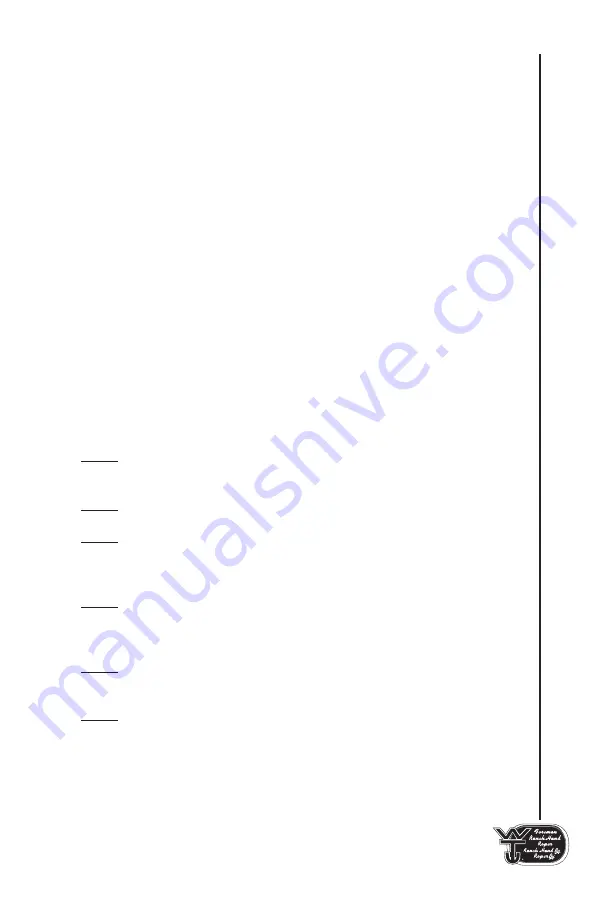
- 19 -
Tire Safety Information
Checking Tire Pressure
It is important to check your vehicle’s tire pressure at least once a month
for the following reasons:
• Most tires may naturally lose air over time.
• Tires can lose air suddenly if you drive over a pothole or other
object or if you strike the curb when parking.
• With radial tires, it is usually not possible to determine
underinflation by visual inspection.
For convenience, purchase a tire pressure gauge to keep in your vehicle.
Gauges can be purchased at tire dealerships, auto supply stores, and other
retail outlets.
The recommended tire inflation pressure that vehicle manufacturers
provide reflects the proper psi when a tire is cold. The term cold does not
relate to the outside temperature. Rather, a cold tire is one that has not
been driven on for at least three hours. When you drive, your tires get
warmer, causing the air pressure within them to increase. Therefore, to get
an accurate tire pressure reading, you must measure tire pressure when
the tires are cold or compensate for the extra pressure in warm tires.
Steps for Maintaining Proper Tire Pressure
Step 1: Locate the recommended tire pressure on the vehicle’s tire
information placard, certification label, or in the owner’s manual.
Step 2: Record the tire pressure of all tires.
Step 3: If the tire pressure is too high in any of the tires, slowly release air
by gently pressing on the tire valve stem with the edge of your tire gauge
until you get to the correct pressure.
Step 4: If the tire pressure is too low, note the difference between the
measured tire pressure and the correct tire pressure. These “missing”
pounds of pressure are what you will need to add.
Step 5: At a service station, add the missing pounds of air pressure to each
tire that is underinflated.
Step 6: Check all the tires to make sure they have the same air pressure
(except in cases in which the front and rear tires are supposed to have
different amounts of pressure).
Summary of Contents for GOOSENECK LIVESTOCK
Page 40: ... 40 Electrical System Electric Hydraulic Brake Application System ...
Page 43: ... 43 Electrical System Electric Brakes Wiring Diagram ...
Page 44: ... 44 Electrical System Vacuum Hydraulic Brakes Wiring Diagram ...
Page 75: ... 75 ...
Page 78: ... 78 ...
Page 79: ... 79 ...
















































